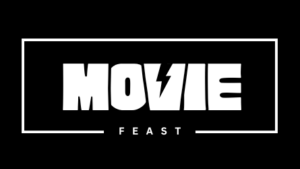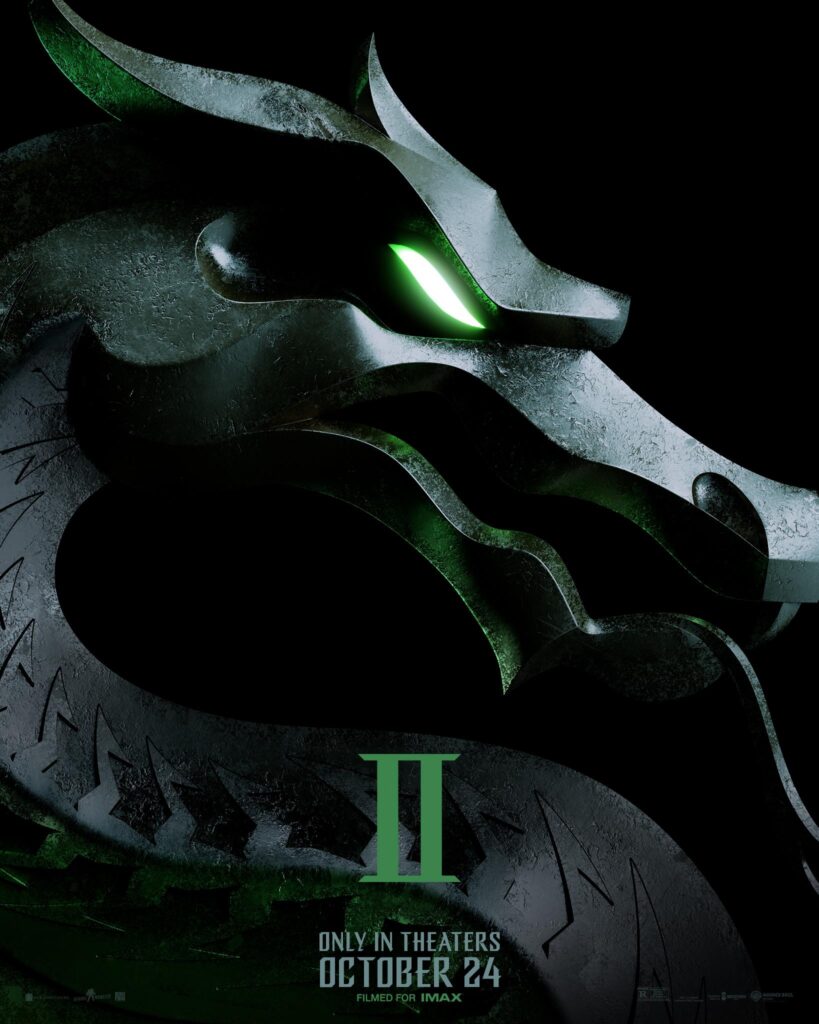The Mortal Kombat II review reveals why this 2025 martial arts sequel delivers brutal action and character development. Simon McQuoid’s focused direction transforms familiar fighting game territory into something genuinely thrilling and emotionally resonant.
What happens when you combine the ultimate tournament with the most powerful interdimensional threats? You get martial arts perfection. Mortal Kombat II (2025), directed by Simon McQuoid, stands as one of the most compelling action sequels in recent film history. This intense sequel follows fan favorite champions now joined by Johnny Cage himself as they’re pitted against one another in the ultimate battle to defeat the dark rule of Shao Kahn that threatens the very existence of Earthrealm and its defenders. While the film operates on familiar tournament fighter territory, it succeeds because it never exploits its premise—every moment of violence and character development is handled with complete emotional authenticity.
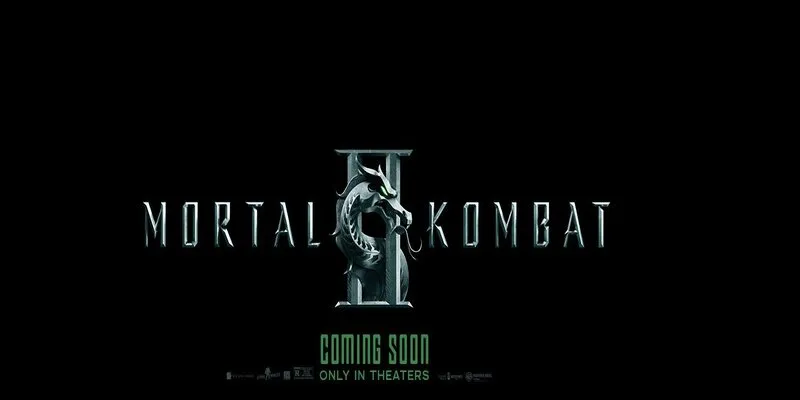
Synopsis
Following the events of the previous tournament, Earth’s champions face their greatest challenge yet as the evil emperor Shao Kahn launches his invasion of Earthrealm. The warriors including Liu Kang, Sonya Blade, and Kano must now unite with the arrogant Hollywood actor Johnny Cage, played by Karl Urban, who brings his own unique fighting style and larger-than-life personality to the deadly competition.
With Outworld’s forces overwhelming Earth’s defenses, the champions must overcome their personal differences and master new abilities to survive Shao Kahn’s brutal tournament. The film follows their transformation from individual fighters to a united force willing to sacrifice everything to protect their realm, no matter the cost to themselves.
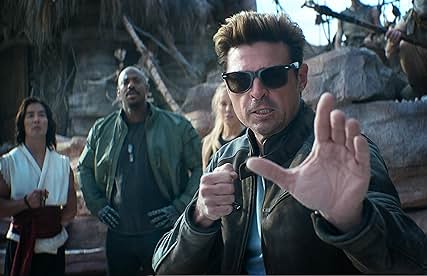
Plot & Themes
Mortal Kombat II operates on a deceptively complex premise: sometimes the most profound strength comes from unity in the face of overwhelming evil. The tournament setting serves as both arena and metaphor for exploring deeper questions about sacrifice, teamwork, and the courage to fight when everything seems hopeless.
The film’s genius lies in its careful balance between action elements and character development. When the fighters face impossible odds and personal conflicts while battling Shao Kahn’s forces, the movie never treats their internal struggles as secondary to the spectacle. These moments work because McQuoid understands that true excitement comes from emotional investment in the characters’ journeys.
Thematically, the movie explores how diverse individuals can forge unbreakable bonds through shared adversity and how protecting others can become a path to personal growth. The champions’ journey isn’t just about winning fights—it’s about discovering they’re stronger together than they ever imagined possible alone.
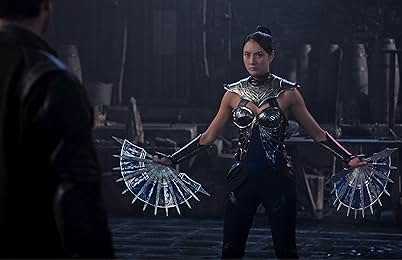
Cinematography & Visuals
The cinematography captures the visceral intensity of supernatural martial arts with visual techniques that serve both the action and emotional elements perfectly. The visual style emphasizes the contrast between Earthrealm’s natural beauty and Outworld’s menacing darkness, using dynamic lighting and fluid camera work to create escalating tension.
The film excels in building excitement through kinetic storytelling. The sequences showing the warriors mastering new abilities while facing increasingly dangerous opponents demonstrate excellent use of practical effects and fight choreography. The camera work holds on meaningful moments of determination and sacrifice just long enough to create genuine emotional investment.
Combat details reward careful viewing. During battle sequences, attentive viewers will notice how each fighter’s growing confidence and teamwork is reflected in their improving coordination and increasingly spectacular finishing moves.
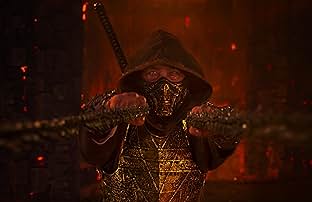
Acting & Characters
Karl Urban delivers a compelling performance as Johnny Cage, bringing charismatic arrogance and unexpected depth to the Hollywood actor turned warrior. His character arc from self-centered celebrity to dedicated team player feels authentic and earned rather than forced.
Hiroyuki Sanada provides excellent support as Scorpion, bringing both fierce intensity and emotional gravitas to his role. His chemistry with the ensemble creates believable bonds forged through combat and mutual respect.
Tati Gabrielle rounds out the core cast with a performance that balances mysterious power with genuine vulnerability. Her scenes during the most dangerous moments demonstrate both strength and humanity while maintaining character consistency.
The supporting cast, including Damon Herriman and the returning ensemble, brings menace and authenticity without falling into video game stereotypes, creating believable threats and allies that serve the story rather than overwhelming it.
Direction & Screenplay
Simon McQuoid’s direction maintains perfect pacing throughout the film’s runtime. Returning from the first film, McQuoid understood that fighting game adaptations require careful balance between spectacular action and character development. Every revelation and combat sequence is given space to resonate emotionally.
The screenplay by Jeremy Slater layers excitement at multiple levels:
- Character development that explores teamwork and sacrifice authentically
- Fighting elements that feel researched rather than superficial
- Fantasy components that build naturally from the established mythology
- Emotional beats that never feel manipulative or forced
The script’s structure follows action conventions while subverting them through genuine character growth. This creates familiarity that makes the unexpected moments of heroism and unity land with greater impact.
Sound & Music
The film’s score perfectly balances thunderous combat sounds with underlying emotional themes to create an audio landscape that mirrors the warriors’ psychological journey. The music enhances rather than overwhelms the natural drama of both the action and character moments.
Sound design plays a crucial role in building excitement. The way special moves create unique audio signatures, and how the fighters’ battle cries become more unified as they learn to work together, creates an immersive experience that places viewers directly into their supernatural conflicts.
The use of silence deserves particular recognition. Key moments of strategy and emotional connection are allowed to breathe without musical manipulation, trusting audiences to connect with the characters’ bonds through performance and visual storytelling alone.
Conclusion & Verdict
Mortal Kombat II succeeds because it treats its video game premise with respect for both the source material and the audience’s capacity for complex action storytelling. Every element—from performance to cinematography to sound design—works in service of both spectacle and character development without sacrificing either.
Strengths:
- Strong ensemble cast that creates believable warrior bonds under extreme pressure
- Authentic martial arts elements that feel choreographed and spectacular
- Excellent pacing that builds excitement while maintaining character focus
- Thoughtful exploration of unity and sacrifice through action rather than exposition
Minor Weaknesses:
- Some fantasy elements feel slightly overwhelming for newcomers to the franchise
- Occasional pacing issues in exposition-heavy sequences slow momentum briefly
This film remains essential viewing for action fans and anyone who appreciates character-driven martial arts storytelling. Mortal Kombat II works for audiences who enjoyed John Wick, The Raid, or Ip Man.
Rating: 8.5/10
Director: Simon McQuoid
MPAA Rating: R (for strong bloody violence and gore, and language)
Starring: Karl Urban, Hiroyuki Sanada, Tati Gabrielle, Damon Herriman
For more action reviews, check out our analysis of other martial arts films. You can also explore the film’s production details at the Internet Movie Database.
